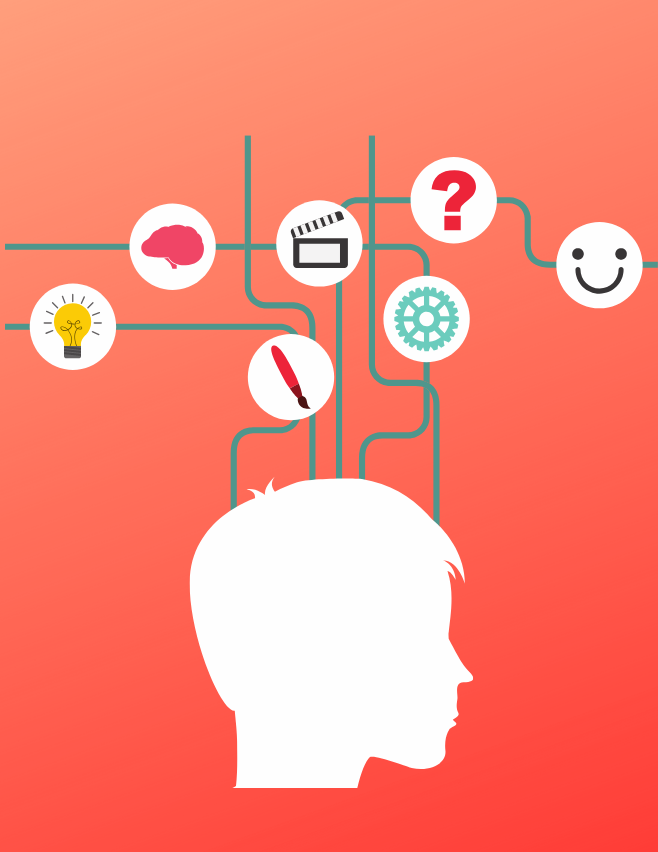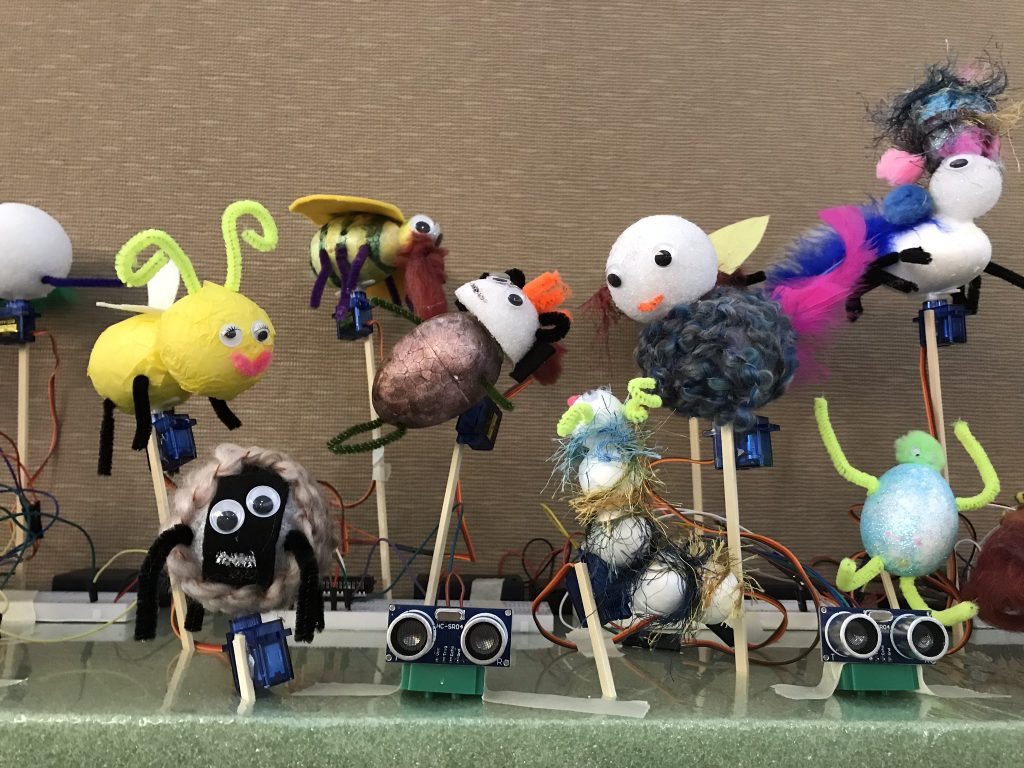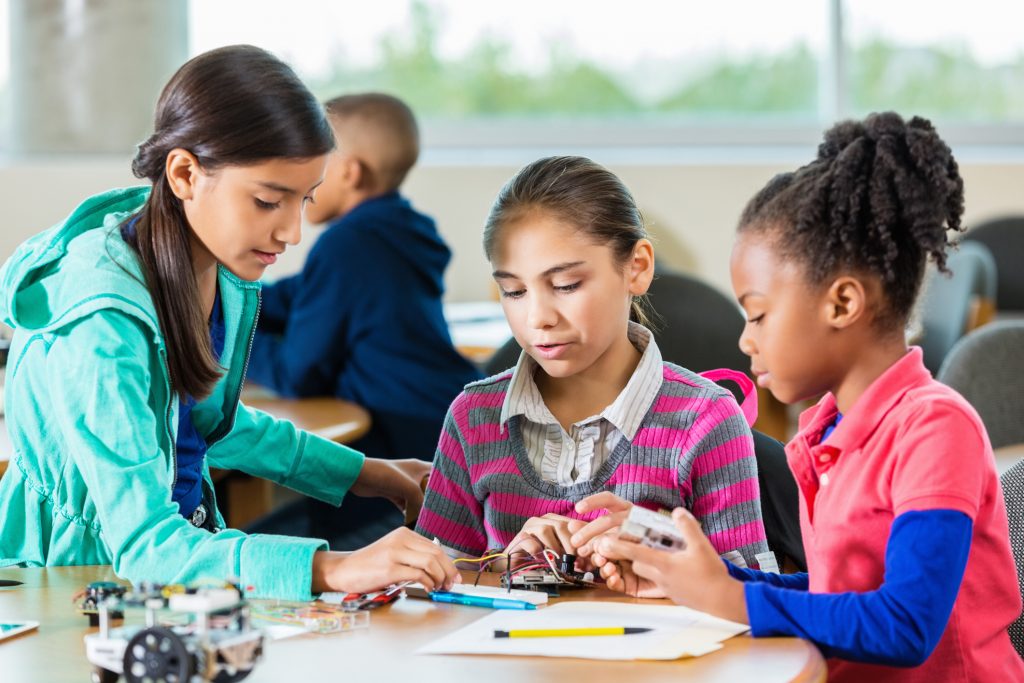
As Computer Science becomes part of K-8 instruction, teachers will need to adapt lessons to make them accessible to students with a broad range of physical, learning and neurological abilities. In the current module of our class, “Digital Learning Environments,” I wanted to examine how the ISTE Standard for Coaches 3, indicator d, “Select, evaluate, and facilitate the use of adaptive and assistive technologies to support student learning” (ISTE, 2011) could be applied to teaching Computer Science.
Continue reading “Accessible & Adaptable Computer Science Instruction”
